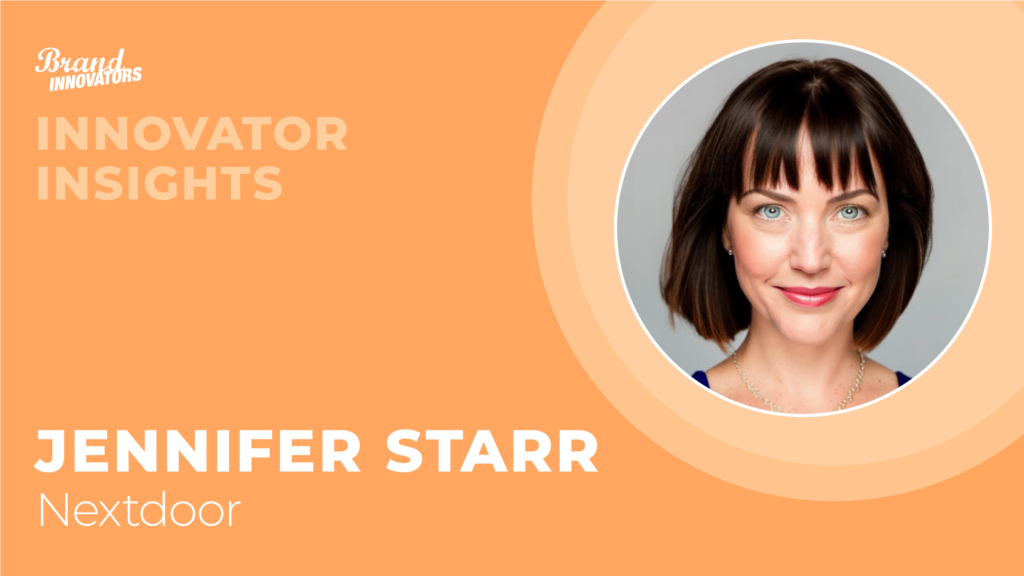For Michael Silberberg, there is a certain kind of slide presentation that he feels has almost become a trope within the marketing community. You might have seen it more than 10 years ago, when social media emerged as a promising advertising channel. It happened again when video services like YouTube were vying for CMOs’ budgets.
The slides in question would show the rising amount of time people were spending in these new channels, making the case that more brands should be focused there. As the vice-president of Global Agency Partnerships at Admix, however, Silberberg doesn’t need such a slide, given mobile gaming’s place in the attention economy.
“Almost every agency has started a gaming division, and most major brands are looking at how to create a narrative within games in a non-disruptive way, where they’re not stopping a player from enjoying their game,” Silberberg recently told Brand Innovators. “But having learned their lessons the hard way, they are looking for brand and budget safety from the get-go.”
Earlier this month Admix addressed those concerns head-on through a partnership it formed with Integral Ad Science (IAS) to independently verify and measure the performance of its in-play ad inventory. The partnership makes Admix the first firm of its kind to offer third-party verification by a trusted, independent source like IAS.
“The infrastructure this puts in place will allow not only the most innovative brands but really anyone to have that comfort and surety that we’re operating with good programmatic practices,” Silberberg said.
In the coming months, Silberberg said Admix plans to build upon the IAS partnership and develop additional capabilities to assess brand suitability within mobile gaming. This could include enriching the bid flow data to define whether a game features non-realistic violence and is therefore more kid-friendly, and age-gating accordingly.
“We can do all this now but it’s a partnered service to get things like that done,” he said. “There’s this push to have enterprise infrastructure tools, so that buyers who enter the space can do so at scale.”
In the meantime, Silberberg offered some advice for marketers who are still new to mobile gaming about how they can approach it effectively:
Redefine ‘Premium’ Using Share Of Attention
It’s perhaps only natural that Silberberg gets asked whether Admix’s inventory includes the most popular games such as Fortnite, Candy Crush, or titles that a prospective client (or their child) plays. While there’s nothing wrong with those games, he pointed out that they have little in common with each other.
Instead, Silberberg recommends brands and agencies determine whether inventory is considered “premium” based on the amount of time people spend in a game and how engaged they are.
“When you look at hyper casual gaming, session times may only be a minute because someone’s playing while they’re waiting in line at a bank, but in those minutes they are fully immersed in that environment. It’s different than just consuming content through scrolling,” he said. “There’s a conversation that needs to happen about what someone means when they say ‘premium.’ What an advertiser wants is to capture a share of attention, and where people’s attention is really being invested is always going to be premium”.
Respect Audience Immersion, And Position Your Brand Accordingly
Admix offers multiple ways for brands to explore in-play advertising, from billboards that might appear in the skyline of a game to video ads that run in a virtual arena of a racing game. Virtual goods will soon be part of the mix as well.
Today, most of what the company runs are standard IAB format ads, and Silberberg said they are a highly effective way to add incremental reach to an audience a brand cares about, in an environment where people are deeply engaged.
“While we have done campaigns in video and have that capability, it has to be done relatively carefully,” he said. “When you think about someone playing a video game, are you stopping them in a place where they would watch a 20-second video, likely with the sound off, and where it wouldn’t be perceived as disruptive?”
It’s important to note that in-play ads aren’t clickable, Silberberg added. Rather than ad links that take people out of the game they came to play, he suggested thinking about in-play advertising’s power as similar to the proven performance of digital out of home channels. “Your ad is on a busy street corner, with millions of people walking by it a day, that street corner just isn’t here on earth”
Recognize The Diversity Of Gamers And Their Interests
There might still be a lot of marketers and agency execs that equate gaming with teenage boys and use that as a default when planning their advertising strategies. Silberberg suggests they spend more time understanding the full demographic scope and the wide range of opportunities gaming presents.
As an example he pointed to Equestriad World Tour, a free to play, family-friendly mobile game that delivers a realistic portrayal of the equestrian three-day sport of dressage.
“My fiancée had horses as a kid and just loves it,” he said. “That’s a niche demographic of people who are interested in a luxury lifestyle, where you could put fashion branding in front of them and reach that audience. A lot of just people think about first-person shooters, rather than considering the ability to create any experience for anyone within these 3D-rendered environments.”




